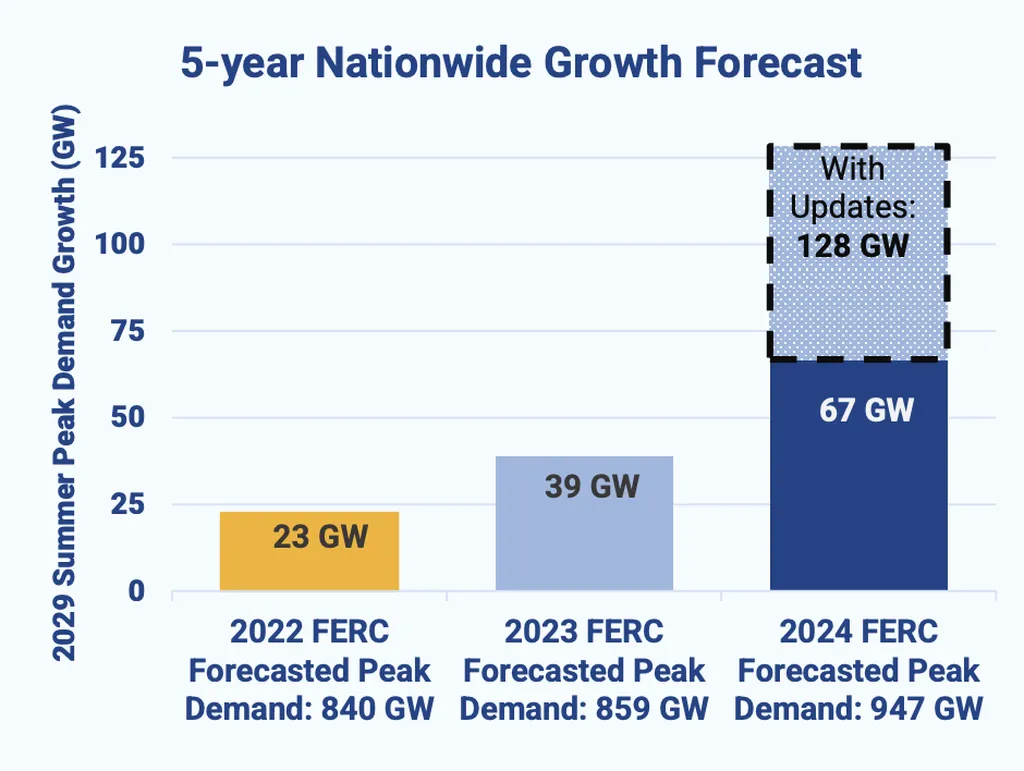In the quest for sustainable construction, a significant leap forward has been made by researchers who have turned their attention to the often-overlooked aspect of energy consumption in high-performance concrete (HPC) manufacturing. Jun Hao, a researcher from the School of Design and Media at Wuxi Vocational Institute of Commerce in China, has spearheaded a study that could revolutionize how the construction industry approaches energy efficiency.
Hao and his team have developed a novel approach to predicting energy usage in HPC production, a critical factor in achieving sustainable construction goals. “Accurate forecasting of energy use is essential for optimizing processes and reducing costs,” Hao explains. The study, published in the *Journal of Applied Science and Engineering* (《应用科学与工程杂志》), addresses a gap in existing research that has predominantly focused on compressive strength rather than energy consumption.
The research introduces a hybrid modeling approach that integrates the Transit Search Optimization Algorithm (TSOA) with three machine learning models: Adaptive Boosting Regression (ADAR), Radial Basis Function (RBF), and Adaptive Neuro-Fuzzy Inference System (ANFIS). This integration results in three hybrid variants: ADTS, RBTS, and ANTS. The models were trained and validated using a diverse dataset compiled from published experimental studies and online sources.
Feature selection analysis revealed that cement content is the most influential predictor of energy consumption. Among the models, ADTS achieved the highest accuracy, with an R^2 of 0.995 and an RMSE of 29.502 during training. Evaluation metrics and scatter plots confirmed the superior performance and generalization ability of the hybrid models, particularly ADTS.
The implications of this research are profound for the construction industry. “These findings offer practical tools for optimizing energy use in HPC manufacturing, supporting sustainable and energy-efficient construction practices,” Hao states. By accurately predicting energy consumption, construction companies can make informed decisions that reduce costs and environmental impact.
The study’s findings could shape future developments in the field by providing a framework for integrating advanced machine learning techniques into construction processes. This could lead to more efficient use of resources, reduced energy costs, and a smaller carbon footprint for the industry.
As the construction sector continues to grapple with the challenges of sustainability, research like Hao’s offers a beacon of hope. By leveraging the power of machine learning and optimization algorithms, the industry can move closer to achieving its sustainability goals, one concrete mix at a time.

